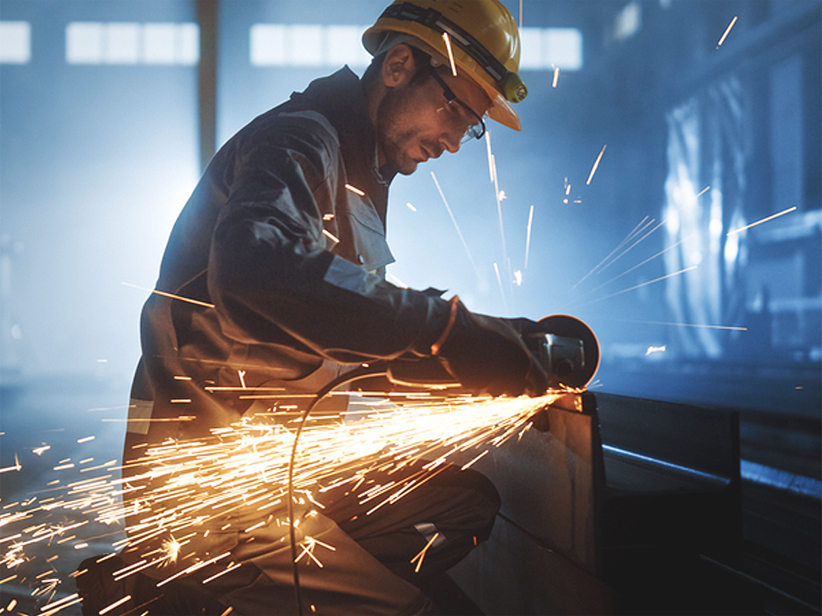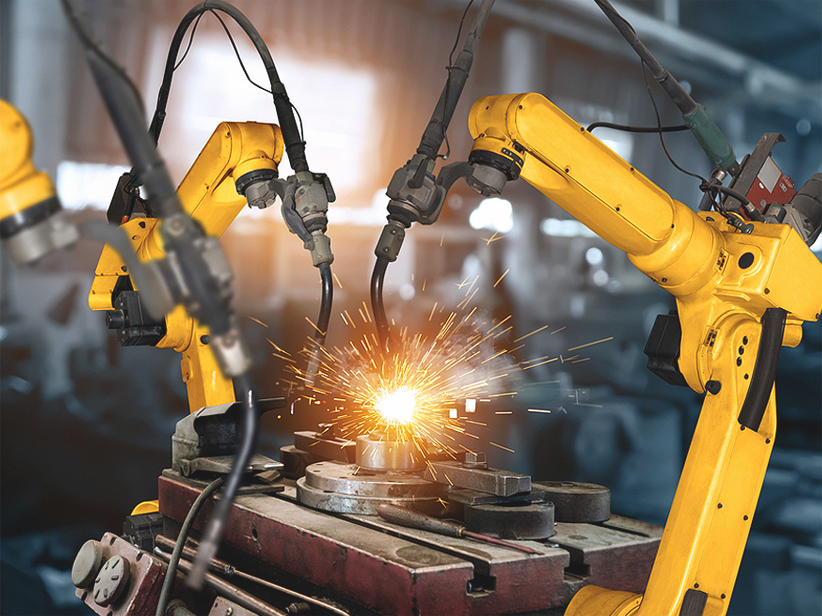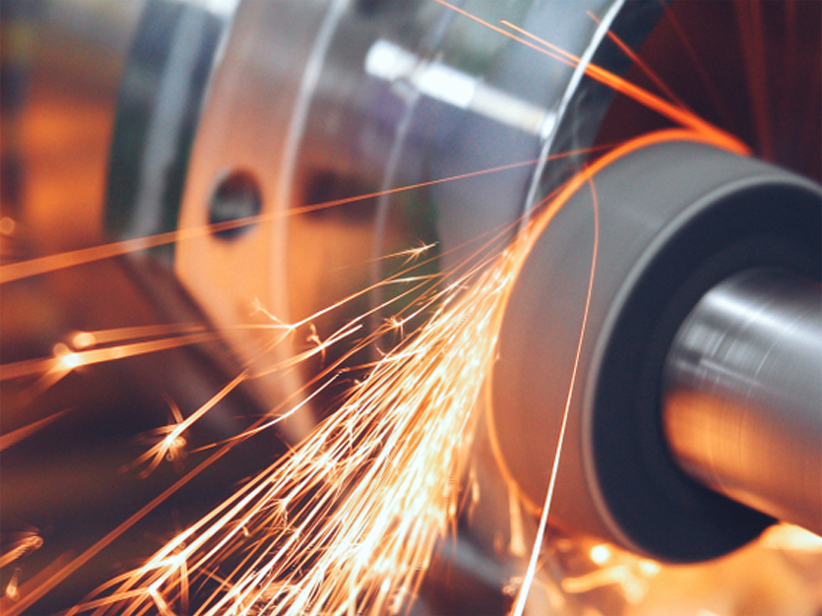3 STAINLESS STEEL GRADES IDEAL FOR STRUCTURAL DESIGN APPLICATIONS
Stainless steel (SS), due to its non-corrosive, non-magnetic, and strength attributes, is widely used in all aspects of engineering and design.
Notably, in the structural designing of building construction, large scale machinery and manufacturing of hardware tools, SS has become an industry-standard throughout the country. This comes after various unique compositions of SS were created for varying purposes. These varieties provide a unique set of properties in products like wires and bars which no other metal can provide.
There are three types of SS that are extensively developed and utilized for multiple structural applications. Let’s take a look at these SS types and their properties which enable their unique benefits in structural design:
Austenitic SS consists of 17 to 18% chromium and 8 to 11% nickel content, which makes them non-magnetic and has a substantially high resistance to corrosion.
Additionally, this composition also provides excellent ductility, formability, weldability, efficient elongation before fracture, and being easily cold-formed. Compared to structural carbon steels, they also have significant robustness over a wide range of temperatures.
All these factors have made Austenitic steel the most widely used for building and construction materials like stainless steel welding wire, stainless steel fine wire, steel bars, etc.
Grades 1.4301 (SS 304) and 1.4307 (SS 304L) are the most commonly used standard austenitic stainless steels that are suitable for rural, urban and light industrial sites.
The chromium content of Ferritic stainless steel is between 10.5% and 18% with either small or no nickel in their composition.
They are generally less ductile and less weldable than Austenitic SS; however, they are quite cheaper as compared to the austenitic grades of equivalent corrosion resistance.
Hence, this makes Ferritic SS a better choice for applications in the interior and mild exterior atmospheric conditions which do not require high ductility or temperature tolerance.
Thus, they are being used as a benefiting corrosion-resistant alternative to many light gauges galvanized steel applications around the world.
The two standard Ferritic grades which are suitable for structural applications and commonly available are 1.4003 and 1.4016.
Duplex SS is often called austenitic-Ferritic steel as it consists of a combined microstructure of austenite and ferrite.
They contain a high level of 20 to 26% chromium, 1 to 8% nickel, 0.05 to 5% molybdenum, and 0.05 to 0.3% nitrogen.
This composition makes Duplex SS about twice as strong as austenitic steels in the annealed condition with highly reducible section size, further making Duplex SS the best choice in weight-sensitive structures like bridges or on offshore topsides. They have good weldability and resistance to stress corrosion cracking and are suitable for a broad range of corrosive environments.
Duplex SS finds its applications where heavier gauges are required.
1.4462 is an extremely corrosion-resistant duplex grade, suitable for use in marine and other aggressive structural environments.
All these SS types can be easily cold-formed but cannot be used in heat treatment.
SS has gained a monopoly in structural design applications such as high-strength stainless steel wires and bars across various manufacturing industries.
Venus Wires is one such India-based manufacturer that utilizes these high-quality SS grades for creating the best SS products. Widely known to be one of the best steel bar manufacturers in India, they are also large-scale exporters to Europe, North Ameica and several parts of Asia. Visit the Venus Wires website to find the best SS product which suits your industry.







